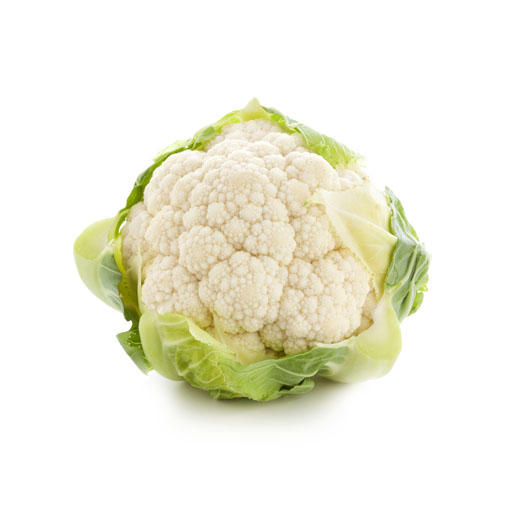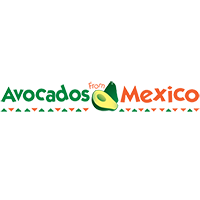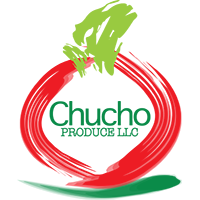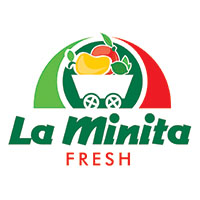How to Find Us?

Cauliflower
Cauliflower is one of several vegetables in the species Brassica oleracea, in the family Brassicaceae. It is an annual plant that reproduces by seed. Typically, only the head (the white curd) is eaten. The cauliflower head is composed of a white inflorescence meristem. Cauliflower heads resemble those in broccoli, which differs in having flower buds.
Its name is from Latin caulis (cabbage) and flower. Brassica oleracea also includes broccoli, brussels sprouts, cabbage, collard greens, and kale, though they are of different cultivar groups.
Cauliflower, raw
Nutritional value per 100 g (3.5 oz)
Energy 104 kJ (25 kcal)
Carbohydrates
5 g
Sugars 1.9 g
Dietary fiber 2 g
Fat
0.3 g
Protein
1.9 g
Vitamins
Thiamine (B1) (4%) 0.05 mg
Riboflavin (B2) (5%) 0.06 mg
Niacin (B3) (3%) 0.507 mg
Pantothenic acid (B5)
(13%) 0.667 mg
Vitamin B6 (14%) 0.184 mg
Folate (B9) (14%) 57 μg
Vitamin C (58%) 48.2 mg
Vitamin E (1%) 0.08 mg
Vitamin K (15%) 15.5 μg
Trace metals
Calcium (2%) 22 mg
Iron (3%) 0.42 mg
Magnesium (4%) 15 mg
Manganese (7%) 0.155 mg
Phosphorus (6%) 44 mg
Potassium (6%) 299 mg
Sodium (2%) 30 mg
Zinc (3%) 0.27 mg
Other constituents
Water 92 g
Units
μg = micrograms • mg = milligrams
IU = International units
Percentages are roughly approximated using US recommendations for adults.
SOURCE: USDA NUTRIENT DATABASE








